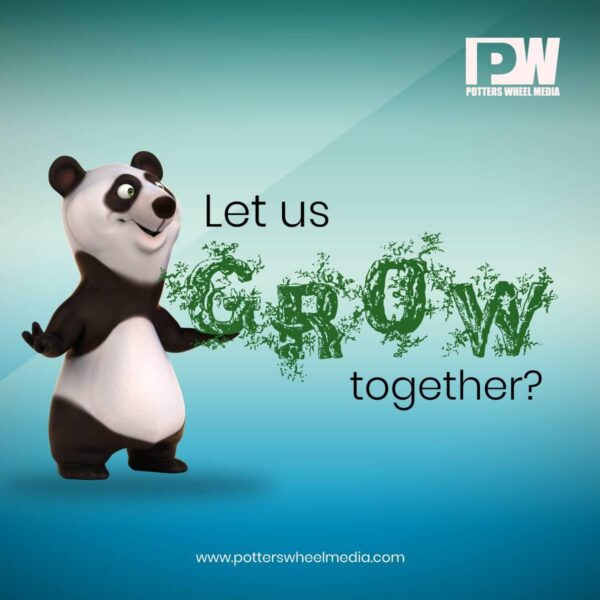
In the vast landscape of web development frameworks, Django stands out as a robust, high-level, and versatile framework that empowers developers to build secure and scalable web applications. This comprehensive guide will take you on a journey through the realms of Django web development, exploring its core concepts, key features, best practices, and the myriad possibilities it offers for crafting dynamic and sophisticated web solutions.
I. Introduction to Django Web Development
1.1 What is Django?
Django is a high-level, open-source web framework written in Python that follows the Model-View-Controller (MVC) architectural pattern. It provides a clean and pragmatic design, emphasizing rapid development, scalability, and the “Don’t Repeat Yourself” (DRY) principle.
1.2 Key Features of Django
- ORM (Object-Relational Mapping): Django’s ORM allows developers to interact with databases using Python objects, simplifying database operations.
- Admin Interface: Django includes a powerful and customizable admin interface for managing application data.
- Authentication and Authorization: Built-in authentication and authorization systems provide secure user management.
- URL Routing: Django uses a clean and flexible URL routing system for mapping URLs to views.
- Templating Engine: The template system in Django allows for the separation of HTML and Python code, facilitating clean and maintainable code.
II. Django Architecture and Components
2.1 Model-View-Controller (MVC) in Django
Django follows the Model-View-Controller (MVC) architectural pattern, but it is often referred to as Model-View-Template (MVT) to emphasize its template-driven nature.
2.2 Django Models and Databases
- Models: Models define the structure of the application’s data, and Django’s ORM allows for seamless interaction with databases.
- Database Migrations: Django’s migration system automates the process of database schema updates as the application evolves.
2.3 Views and URL Routing
- Views: Views handle the logic of processing HTTP requests and returning appropriate responses.
- URL Routing: Django’s URL routing maps URLs to views, allowing for clean and modular URL patterns.
2.4 Templates and Frontend Development
- Templates: Django templates enable the generation of HTML dynamically and provide a clean separation between backend and frontend.
- Static Files: Handling static files such as CSS, JavaScript, and images is streamlined in Django.
III. Django Development Workflow
3.1 Setting Up a Django Project
Setting up a Django project involves creating the project structure, defining models, and configuring settings. Django provides a command-line interface (CLI) for these tasks.
3.2 Virtual Environments and Dependency Management
Using virtual environments isolates project dependencies. Tools like pip manage Python package installations, ensuring project consistency.
3.3 Django CLI and Management Commands
Django’s CLI provides powerful management commands for tasks like creating database tables, running migrations, and managing the development server.
3.4 Version Control with Git
Using Git for version control allows developers to track changes, collaborate seamlessly, and roll back to previous states if needed.
IV. Best Practices in Django Development
4.1 Django Coding Standards
Following Django’s coding standards ensures consistency and readability across projects. Tools like flake8 help enforce these standards.
4.2 Security Best Practices
Django emphasizes security, but developers must follow best practices, including input validation, secure authentication, and protection against common web vulnerabilities.
4.3 Testing and Test-Driven Development (TDD)
Django provides a robust testing framework, and embracing Test-Driven Development (TDD) ensures the reliability of code through automated tests.
4.4 Documentation and Code Comments
Maintaining thorough documentation and clear code comments contributes to project maintainability and facilitates collaboration among developers.
V. Django Templates and Frontend Development
5.1 Template Language and Syntax
Django’s template language allows for dynamic content rendering and includes features like template inheritance, filters, and template tags.
5.2 Frontend Framework Integration
Integrating frontend frameworks like Bootstrap or Tailwind CSS enhances the visual appeal and responsiveness of Django applications.
5.3 Single Page Applications (SPAs) with Django
Django can be used as a backend for Single Page Applications, providing data through APIs and decoupling the frontend and backend.
VI. Django Forms and User Input Handling
6.1 Django Forms
Django forms simplify the process of handling user input, including form validation, rendering, and processing form submissions.
6.2 Formsets and Form Validation
Formsets allow developers to work with multiple forms on a single page, and Django’s form validation ensures data integrity.
6.3 User Authentication and Authorization
Django provides built-in features for user authentication and authorization, including user registration, login, and password reset functionalities.
VII. Django ORM and Database Interaction
7.1 Defining Models and Database Tables
Django models define the structure of the application’s data, and Django’s ORM automates the creation of corresponding database tables.
7.2 Querysets and Database Queries
Django Querysets allow developers to interact with the database using Python, providing a high-level and expressive way to retrieve, filter, and manipulate data.
7.3 Database Optimization Techniques
Optimizing database performance involves techniques such as indexing, selecting appropriate database engines, and avoiding common pitfalls.











